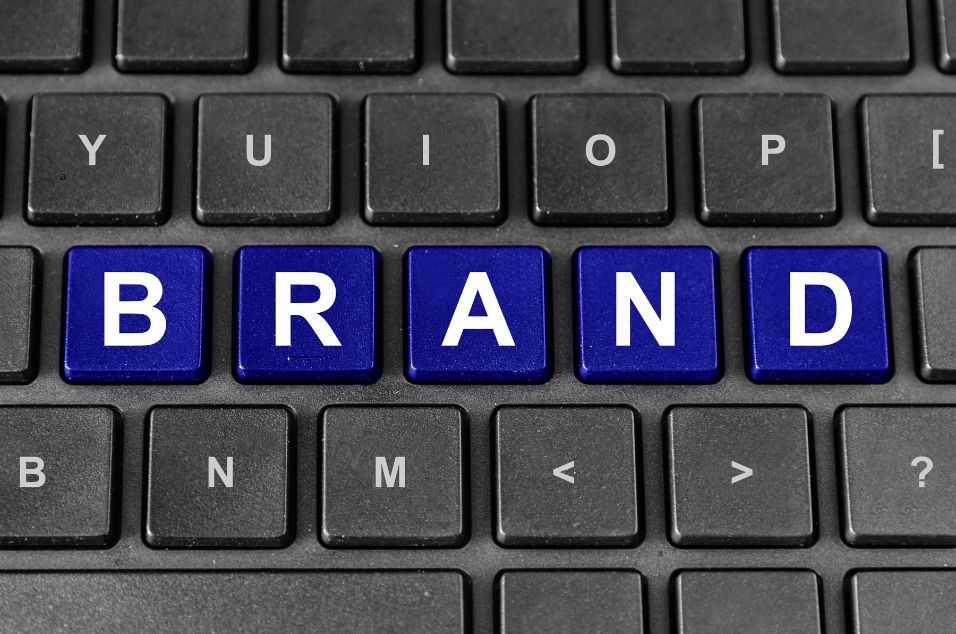At first sight, it may seem obvious that having a well-structured marketing helps companies in general to achieve more relevant results. After all, this is the department of the company responsible for bringing the company closer to its consumer audience, whoever that may be. Of course, the premise is valid in the case of e-commerce.
It is essential that the teams responsible for online store marketing understand the expectations of consumers at each time of the year to prepare assertive actions for the occasion. If online stores do not make a prior move of planning and preparing the e-commerce structure to avoid missing precious sales opportunities, the chances of achieving differentiated results only decrease.
It may seem absurd, but there are still cases of stores that lose sales and the chance to win customers simply due to lack of structure and absence of investment in automation tools, which are essential in today’s market, where competitiveness and the competition for a customer are extremely high!
Having a platform that automates online store marketing can help e-commerce increase sales volume by up to 50%. In other words, this is an investment that effectively brings results and makes a difference when boosting sales regardless of the time of year.
By adding new technologies to the operation of the online store, besides saving time, the retailer also achieves more effectiveness and assertiveness in communication, without failing to give their own identity and personality to the messages forwarded to customers at different moments of purchase – or when giving up on acquiring desired products.
Of course, these marketing automation tools need to be used strategically. A situation where there is effectiveness in the application of technology involves recovering that customer who fills their virtual cart but for some reason does not complete the purchase. For these situations, a good strategy is to adopt an abandoned cart recoverer, which allows triggering the customer by an email previously registered, reminding them of the items already selected and even encouraging the completion of the purchase with a discount coupon, free shipping, or other special action.
In the case of the customer who has not even placed items in their shopping cart, the recommendation is to use tools that automatically identify and track the browsing flow of online store consumers. These solutions determine what the item of interest was and start a marketing automation journey, where products are suggested to that customer through email, SMS, WhatsApp, and other means.
Other interesting results can be achieved with the use of tools that generate triggers for purchases and technologies that enable the repurchase of recurrent use products. The first provides customized content to the consumer, based on their previous interests. The second, on the other hand, estimates the average time for the consumption of each product, based on the time interval between purchases of the same item by a series of clients, in addition to algorithms.
Evaluate these options and, if possible, implement them in the routine of digital retail. This can bring considerable gains and make a total difference in the performance that your e-commerce will achieve during this year. Think about it!







